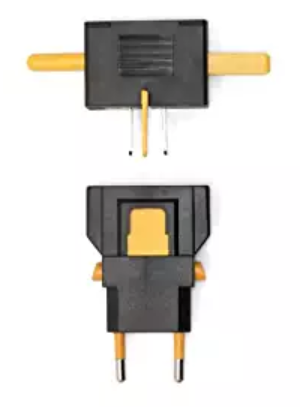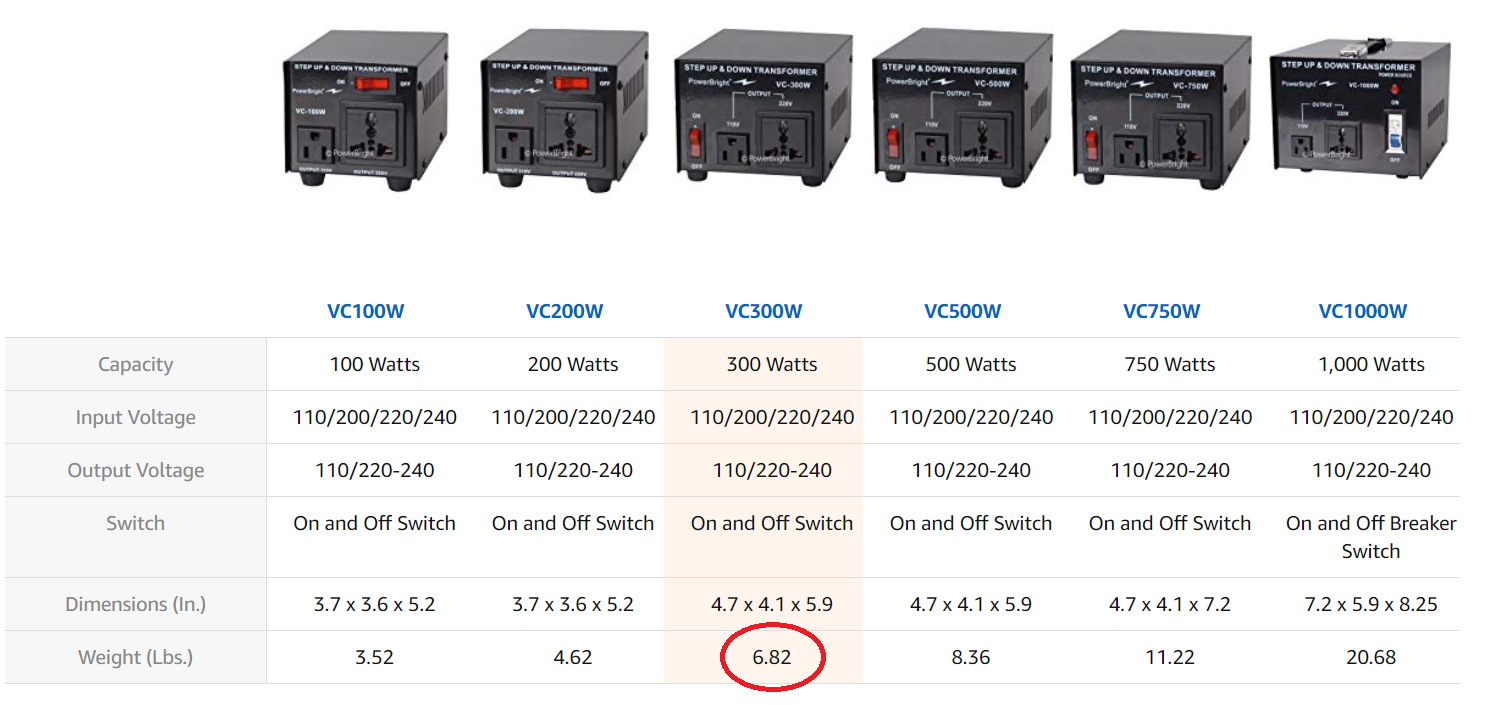I mentioned briefly that my wife and I took our 3 month old daughter on her first international trip. During the government shutdown she’s been unable to have a Global Entry interview since being conditionally approved in late December so we managed to secure her interview on arrival back in the U.S..
We had spent 5 nights in Europe. On a Europe trip of that length I’d normally just pack a carry on bag. My wife would as well. But with our daughter in tow we needed luggage. And once we’re checking bags anyway I don’t see much harm in incremental luggage, either. There’s a benefit to traveling light, not having to get to the airport early enough to check bags, and not waiting for checked bags to arrive on the other end. But if you’re wasting time anyway, might as well bring even more stuff.
It’s amazing to me how much ‘stuff’ goes into traveling with a baby — all the extra clothes, all the diapers and wipes (which of course can be secured on arrival), and everything that goes into feeding her. And since we’re checking luggage anyway we decided to make things as easy as at home.
Normally when I travel to Europe everything I need is dual voltage like my cell phone and laptop. Therefore in order to charge these things I just need an adapter to plug into the wall so that my cord first the socket, something simple like this universal adapter rather than using different adapters for different countries. I keep a couple in my laptop bag.

My wife has dual voltage hair devices, I really don’t know about flat irons versus curling irons or whatever it is, I just know that she has travel items she can take anywhere. However for most people using hair devices that run at high temperatures they need a good voltage converter.
- The US runs on 110 volt electricity. Japan is 100 volts, while Europe, Asia, and Australia run between 220 volts and 240 volts.
- Devices not set up to run on whatever electricity is available – like curling irons, flat irons and the like, need to have voltage converted or else you might fry the device, or blow a fuse in your room.
A voltage converter though isn’t going to help with electronics that aren’t dual voltage. That’s because a converter just chops the electricity sine wave in half, which isn’t ideal for more sensitive devices.
A transformer on the other hand changes the current to something closer to another pure voltage.
My daughter is sleeping really well through the night, however while my wife is amazing with our daughter and bears much of the burden of taking care of her I’m the one that gets up with her during the night so I have to feed her with a bottle which is its own production process. I’ve got a device that makes it super quick and easy, gets the temperature perfect instantly. But this requires a transformer. I’m checking bags anyway, why not bring all the devices — and even a transformer?
In choosing a converter or transformer you need to know the maximum wattage that a device operates at. And you want a converter or transformer that is certified to operate at greater than that wattage. That’s no big deal for a converter, but transformers can be large, bulky, and heavy.
Since I was only looking to power something at 110 volts that maxes out at 250 watts, I want a transformer that’s as small and light as possible while supporting that. Hence a 350 watt transformer like this one.

At some level supporting highe wattage is better, but it comes at a bigger size and weighs more. The version that supports 2000 watts is about twice as large as the one I brought and weighs 35 pounds! (It just has more wrapped metal inside.) That’s why I only wanted a device with the minimum specs to support my needs.

Basically if you just need to power your phone and laptop, all you need is an adapter to plug it into the wall. A razor or electric toothbrush may work that way as well, you just want to know if your device is dual voltage.
If you need to use hair devices that operate on high heat you’re going to need a converter. You just need to know how many watts the device needs, and get a converter that supports materially higher wattage than that.
But if you’re using electronics that aren’t dual voltage you need a transformer. For travel you want the smallest one possible based on the wattage of your device — because 7 pounds works much better in checked luggage than 30 pounds or more!


I find universals adaptors don’t fit well and aren’t durable. I get the exact adaptor I need, which comes with room for a second plug to go in.
Really good article, one that thankfully (since our children are much older) I don’t have to worry about with regard to travelling with transformers – pretty much everything is dual voltage.
One suggestion I have is to take US powerstrips with you overseas – i.e. those $5 things that turn one outlet into 4 or more outlets. Given the lack of outlets in many places, I take a couple of powerstrips with me and plug them into an adapter on the outlet, thus allowing me to charge up my laptop, our phones, tablets etc. without many adapters or outlets.
The powerstrips I use are actually among the cheapest I could find – without any illuminated switches, so that there’s nothing in the circuit that’s expecting 110V, hopefully. These things aren’t tested for 220V, and I’m probably breaking building codes since they’re not EU certified, but as long as the cable is thick and you’re not plugging kilowatts of stuff in, I don’t see a problem.
Voltage transformers aside, the best (for me) universal adapter I own are ones with one plug and two USB ports, such as this one from Amazon: https://www.amazon.com/dp/B01HDUVLVQ/ref=cm_sw_r_tw_dp_U_x_.6krCb0A2KDQQ
You can essentially charge three devices in one outlet (one, like a computer, in the plug and the other two, such as two phones or a phone and a tablet, via the USBs).
I as well travel with a adapter and a power strip from the dollar tree with short 18 inch cable and 4 outlets . I have also used a short 4 foot extension cord with multi outlet on the end. this works well when plug in are in hard to reach places in the hotel.
Slightly off topic, but as a fellow parent, do you care to share what that bottle warmer device you use is, Gary?
There are other considerations to be had here.
Voltage is only one aspect of powering a device. The frequency of the sine wave is important for certain applications as well.
A device that was designed to operate at 50Hz will often with without an issue at 60Hz, but the opposite is very rarely true.
UA Says: “A device that was designed to operate at 50Hz will often with without an issue at 60Hz, but the opposite is very rarely true.”
Please provide evidence for that statement. As an electrical engineer who spends a lot of time designing products for worldwide use, I don’t believe that to be true.
The only devices the average consumer might have that really cares about the power frequency would be someone running around with an old analog clock that measures time based on power frequency. And those are likely very rare in the context of travel.
Okay….so the wats volts things are more or less Greek to me…I have the several adaptors I’ve purchased through the years for trips to Europe and carry all of them bc I never know what works where but LOVE the idea of a power strip and I’ve got like 30 of them so happy to try it and like I can switch on/off easily…would it be safe to run power strip for say 8-9 hours for a CPAP device overnight? I mean, find whatever adaptor works in the wall, plug it in, then plug in strip then CPAP? I’m going to Madrid soon and one of the complaints I’ve seen about the hotel is that it is historical and has fewer plugs than most Marriott newer hotels (Palacio del Retiro) and it seems the plug is always across the room so I usually try to bring an extension cord but would feel better with power strip if it would work. Ideas?
Do international flights allow such transformers to be check in the luggage?
I am from the Philippines and I plan to bring one to the US
Thanks!
Can you put a voltage transformer in your carry on traveling internationally?